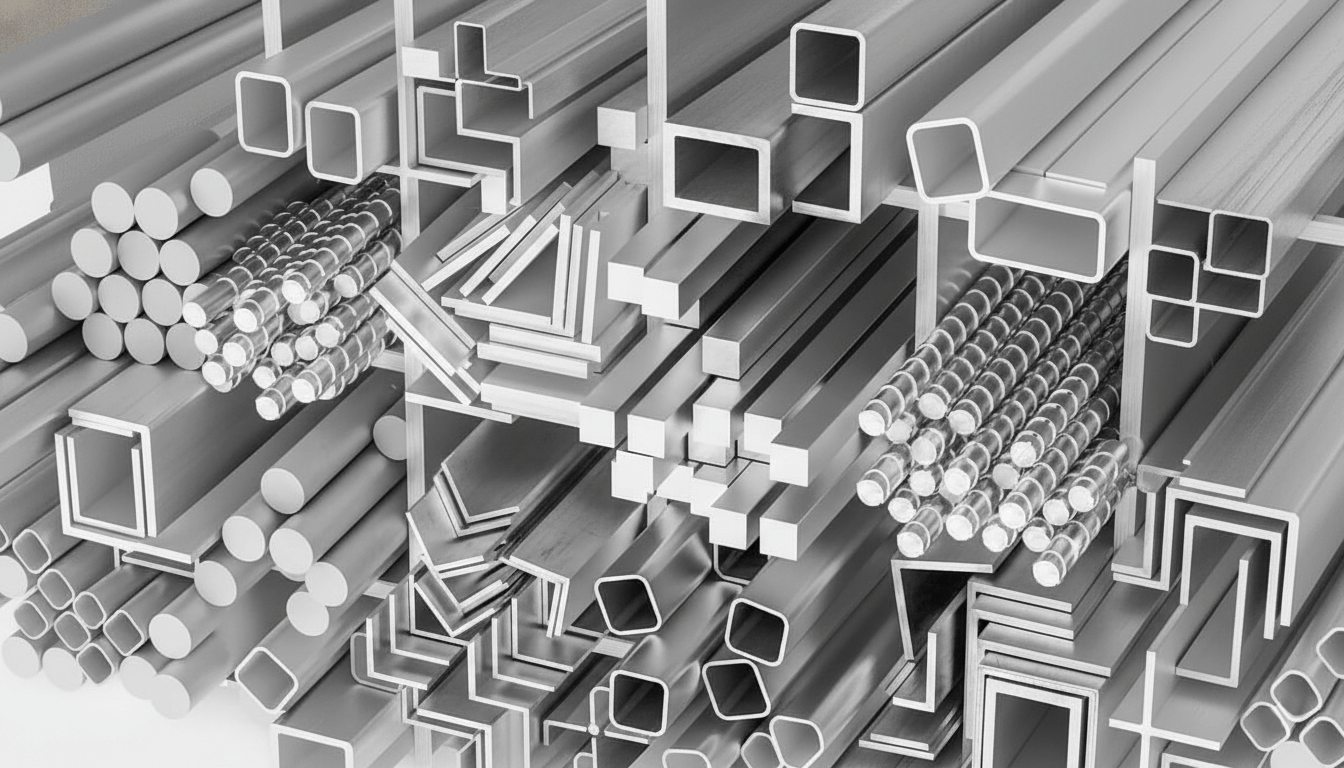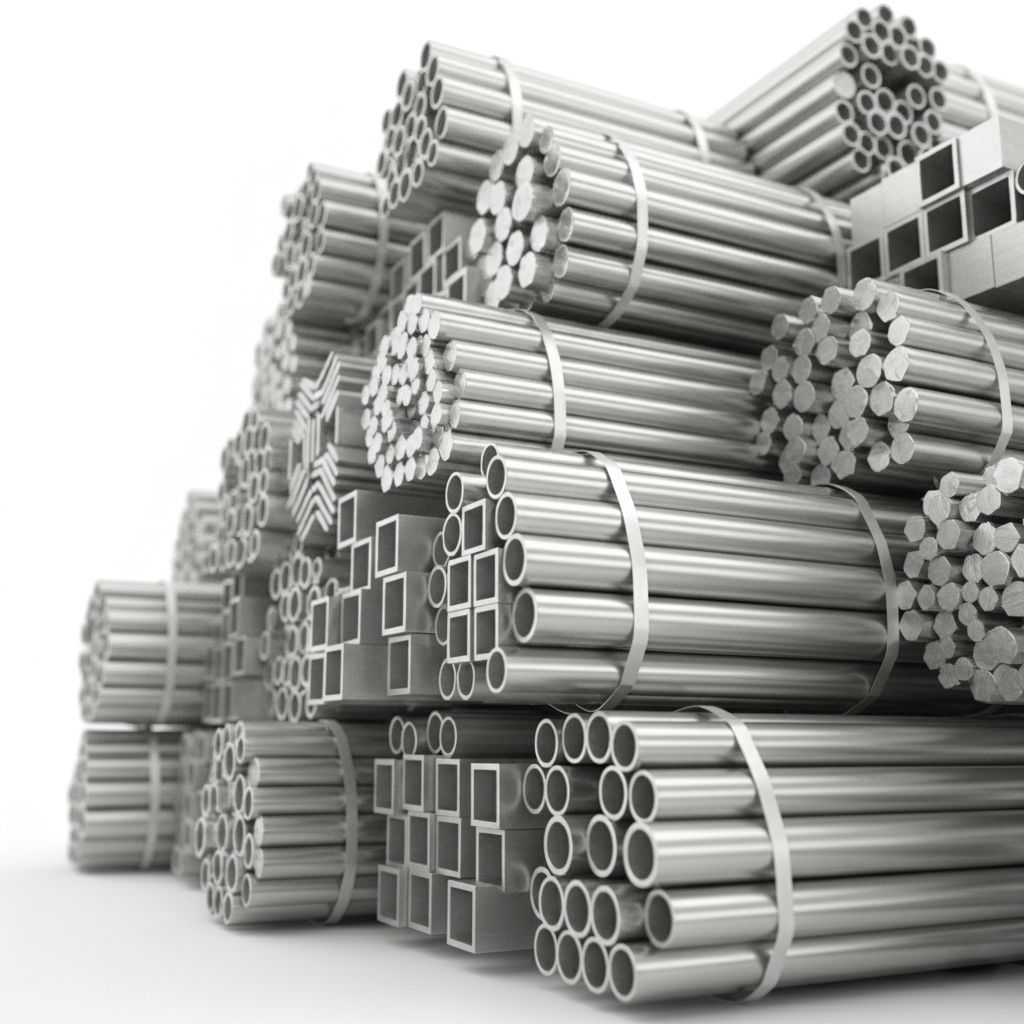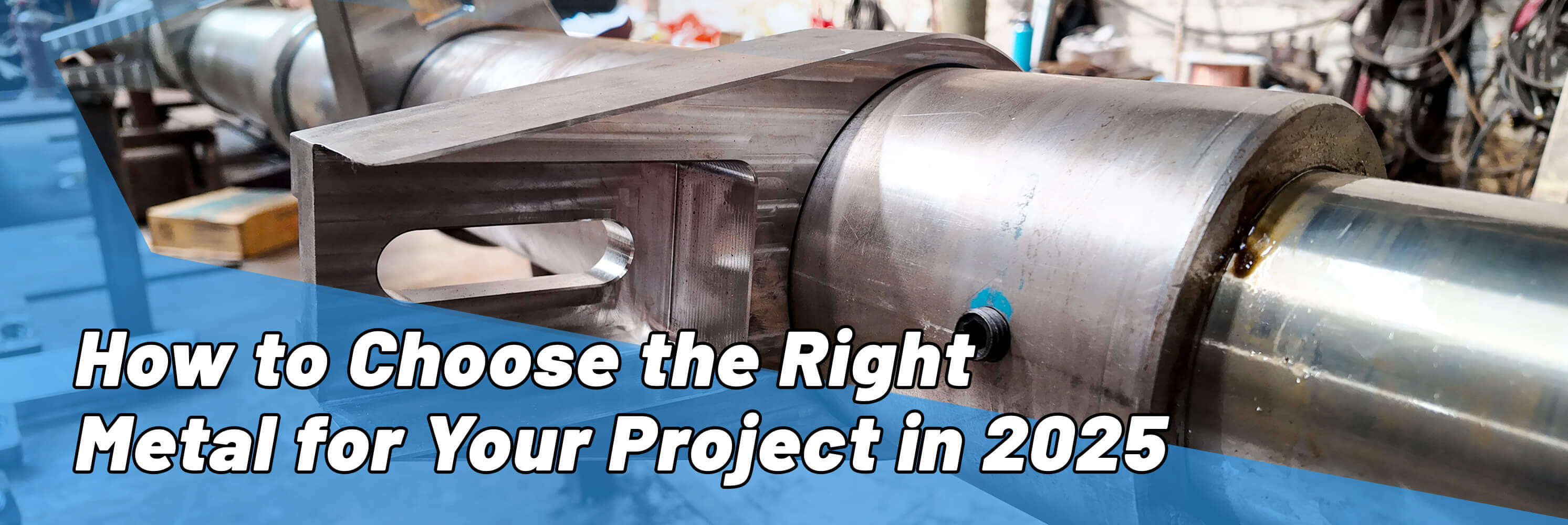Choosing the right metal helps your project succeed from the start. Your choice affects how your product works, how long it lasts, and what you pay later.
Ask yourself five important questions before you pick. Match the metal’s features to your project’s needs.
Choosing the Right Metal: Key Questions
When you start a project, you want to make good choices. You should ask yourself five important questions first. These questions help you match metal features to your needs. Take time to answer each one before you decide.
Strength Needs
You need to know how strong your metal must be. Some projects need very strong metals. Others only need metals with medium strength. Check the table below to see how common metals compare:
| Metal Type | Tensile Strength (MPa) | Yield Strength (MPa) | Applications |
|---|---|---|---|
| Mild Steel | 400-550 | 250-350 | Construction, auto |
| Stainless Steel | 485-620 | 215-505 | Medical, food |
| Aluminum | 90-170 | 40-90 | Aircraft, cans |
| Titanium | 900-1200 | 800-1100 | Aerospace, marine |
| Copper | 200-250 | 70-140 | Electrical, HVAC |
| Brass | 340-470 | 100-200 | Plumbing, jewelry |
If you need metal for heavy loads, pick mild steel or titanium. For lighter jobs, aluminum or copper may be enough.
Environmental Exposure
Think about where your project will be used. Will it be outside or near chemicals? Some metals fight rust and damage better than others. Pick metals that last longer in tough places. Here are some good choices for wet or harsh spots:
- Stainless steel does not rust easily.
- Aluminum stays strong in wet places, especially when anodized.
- Titanium works well in water and air travel.
- Duplex stainless steel is strong and resists rust.
- Galvanized steel has a zinc layer for extra safety.
- Copper does not rust in places with little acid.
- Inconel stands up to heat and strong chemicals.
- Ceramic coatings protect many metals.
If your project faces bad weather or chemicals, choose a metal from this list.
Weight Limits
Some projects need light metals. Others need heavy, strong ones. You must balance weight and strength. Aluminum is much lighter than steel, so it is good for planes and cars. Titanium is strong and light but costs more. If you want easy moving, pick a light metal. If you need more strength, choose a heavy one.
Budget Considerations
Your budget helps you decide what metal to use. Some metals cost much more than others. Find the best value for your project. Here is how prices compare in 2025:
- Aluminum costs two to five times more than steel per pound. Aluminum is $1.00-$1.50/lb. Mild steel is $0.30-$0.60/lb.
- Aluminum costs more because it takes more energy to make.
- Stainless steel can cost even more, especially with chromium or nickel.
If you want to save money, mild steel is usually cheapest. For special projects, stainless steel or aluminum may be better.
Appearance Goals
How your metal looks is important for parts people see. Think about color, finish, and texture. Many metals have special looks:
- Copper and its alloys change color over time for a rustic look.
- Old and tarnished metals give buildings character.
- Steel and aluminum look modern and sleek.
- Natural metals like copper and zinc look classic and fancy.
Pick a metal that fits your design idea. You can choose shiny and new or old and classic.
Metal Options Compared
Mild Steel Pros & Cons

Mild steel is good for many projects. You can shape it into different things. It is lighter than high carbon steel. This makes it easy to move and use. Mild steel costs less, so it helps you save money.
|
Advantages |
Disadvantages |
|---|---|
|
Adaptable: Can be easily shaped for various applications. |
Relatively Less strong: Not suitable for high-stress applications. |
|
Weight: Lighter than high carbon steel, making it easier to handle. |
Limit To Heat Treatment: Limited effectiveness of heat treatment. |
|
Extremely Affordable: Cost-effective for budget projects. |
|
Tip: Mild steel is best for parts that do not need to handle heavy loads or tough weather.
Aluminum Pros & Cons

Aluminum is great when you need a light metal. It weighs about one-third as much as steel. This helps make your project lighter. Aluminum is strong for its weight. It does not rust easily, so it works well outside or near water. You can shape aluminum in many ways. This lets you try new designs.
|
Benefit |
Description |
|---|---|
|
Lightweight Properties |
Aluminum alloys are about one-third the weight of steel, ideal for weight reduction applications. |
|
High Strength-to-Weight Ratio |
Offers substantial strength, suitable for demanding structural applications. |
|
Excellent Corrosion Resistance |
Naturally resists corrosion, ideal for marine and outdoor applications. |
|
Good Thermal and Electrical Conductivity |
High thermal conductivity for heat dissipation in electronics and good electrical conductivity. |
|
Design Flexibility and Fabrication Ease |
Easily shaped and machined, allowing for innovative designs and cost-effective fabrication. |
|
Recyclability and Sustainability |
Highly recyclable, saving energy and supporting sustainable practices. |
Aluminum has some problems. It can crack if it gets stressed over and over. Cracks often start at holes or sharp corners. You need to check for cracks if your project will bend or move a lot.
- Fatigue failure happens when stress repeats but does not break the metal right away.
- If the metal bends back and forth, cracks can form.
- Stress corrosion cracking can make the metal break suddenly.
Stainless Steel Pros & Cons

Stainless steel is strong and lasts a long time. You can use it for projects that need to stay good for years. It is stronger than aluminum. This makes it good for tough jobs. Stainless steel does not rust, so it keeps looking nice.
- Stainless steel lasts longer than mild steel and aluminum.
- It does not rust and stays shiny for a long time.
- Many companies use stainless steel for medical, food, and marine tools because it is safe and easy to clean.
Stainless steel costs more than regular steel. Making and shaping it adds to the price. The final cost depends on how thick it is and how much work you need to do. If you want a metal that lasts and stays clean, stainless steel is a great choice.
Note: Stainless steel is best for projects that need to be strong and clean.
Metal Comparison Table
When you start Choosing the Right Metal for your project, you need to see how each option measures up. The table below gives you a quick way to compare mild steel, aluminum, and stainless steel. You can use this table to match the metal’s features to your project’s needs.
|
Property |
Mild Steel |
Aluminum |
Stainless Steel |
|---|---|---|---|
|
Strength |
High |
Moderate to High |
High |
|
Weight |
Heavy (~7.85 g/cm³) |
Light (~2.70 g/cm³) |
Heavy (~8.0 g/cm³) |
|
Corrosion Resistance |
Low (needs coating) |
Excellent (natural oxide layer) |
Excellent (does not rust) |
|
Cost |
Low ($750-$1,000/ton) |
High ($2,200-$2,500/ton) |
Higher than mild steel |
|
Workability |
Easy to cut and weld |
Easy to machine and shape |
Harder to cut and weld |
You can see that aluminum is about three times lighter than steel. This makes it a top choice for projects where weight matters, like in cars or airplanes. Mild steel gives you high strength at a low cost. It works well for building frames and supports. Stainless steel stands out for its excellent corrosion resistance. You might pick it for kitchens, medical tools, or outdoor use.
Tip: Use this table when you want to make a fast decision. Look at your project’s needs and see which metal matches best.
If you want a metal that is easy to work with, mild steel and aluminum both offer good options. Stainless steel takes more effort to cut and weld, but it lasts longer in tough environments. Think about what matters most for your project—strength, weight, cost, or how long it will last. This table helps you make a smart choice.
FAQ
How do I know if my project needs a lightweight metal?
If you want easy transport or less weight, choose aluminum. Cars, bikes, and airplanes use lightweight metals. Heavy metals work best for strong, fixed structures.
Can I paint or coat metal for extra protection?
Yes! You can paint, powder coat, or galvanize metals. These coatings help stop rust and improve appearance. Always clean the metal before you add a coating.
Is it easy to weld all metals?
No. Mild steel is the easiest to weld. Aluminum and stainless steel need special tools and skills. You should ask a welder if you are unsure.

